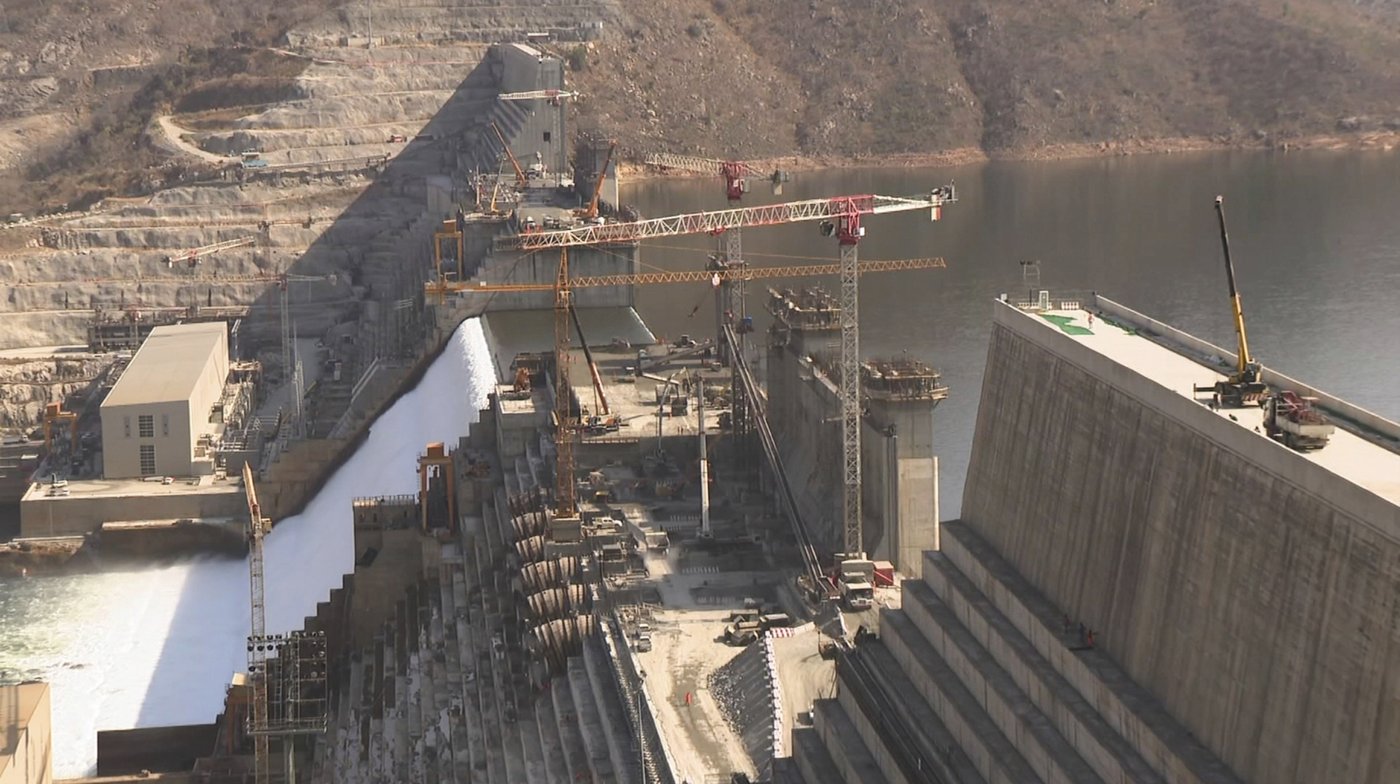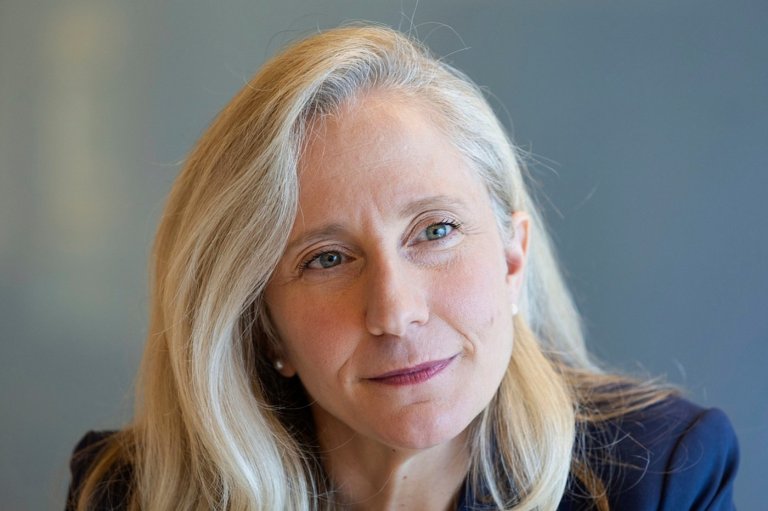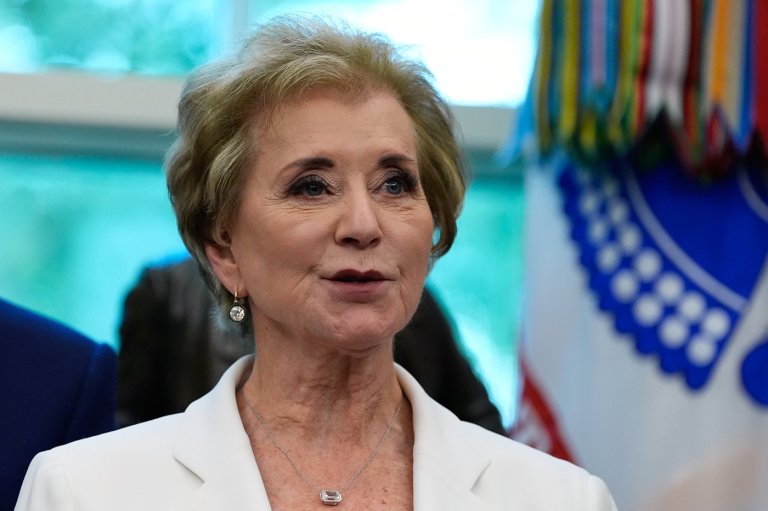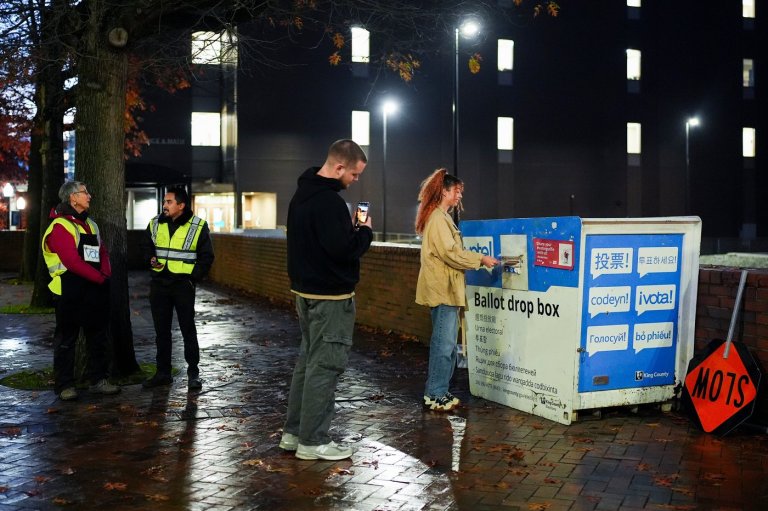Ethiopia says a controversial power dam on the Nile that’s opposed by Egypt has been completed

ADDIS ABABA, Ethiopia (AP) — Ethiopia’s prime minister said Thursday that a controversial power dam on the Nile is now complete, a major milestone for his country amid a dispute with Egypt over equitable sharing of the water.
Egypt has long opposed the dam because of concerns it would deplete its share of Nile River waters. Egypt has referred to the dam, known as the Grand Ethiopian Renaissance Dam, as an existential threat because the Arab world’s most populous country relies almost entirely on the Nile to supply water for agriculture and its more than 100 million people.
Negotiations between Ethiopia and Egypt over the years have not led to a pact, and questions remain about how much water Ethiopia will release downstream if a drought occurs.
Ethiopian Prime Minister Abiy Ahmed, in his address to lawmakers Thursday, said his government is “preparing for its official inauguration” in September.
“While there are those who believe it should be disrupted before that moment, we reaffirm our commitment: the dam will be inaugurated,” he said.
Abiy said his country “remains committed to ensuring that our growth does not come at the expense of our Egyptian and Sudanese brothers and sisters.”
“We believe in shared progress, shared energy, and shared water,” he said. “Prosperity for one should mean prosperity for all.”
Ethiopia and Egypt have been trying to find an agreement for years over the $4 billion dam, which Ethiopia began building in 2011. Tensions over the dam, the largest in Africa, once were so high that some observers feared the two countries might go to war over it.
But Ethiopia won the diplomatic support of upstream nations such as Uganda, home to a regional partnership of 10 countries that last year signed an accord on the equitable use of water resources from the Nile River basin.
The accord of the partnership, known as the Nile Basin Initiative, came into force in October without being ratified by Egypt or Sudan.
The dam, on the Blue Nile near the Sudan border, began producing power in 2022. The project is expected to ultimately produce over 6,000 megawatts of electricity, which is double Ethiopia’s current output and enough to make the East African nation of 120 million a net energy exporter.
The dam is located about 500 kilometers (311 miles) northwest of the Ethiopian capital of Addis Ababa. It is 1,800 meters long and 175 meters high, and is backed by a reservoir that can hold up to 74 billion cubic meters of water, according to the main contractor.
Ethiopia insists the dam is a crucial development that will help pull millions of its citizens out of poverty and become a major power exporter.
It was not immediately possible to get a comment from Egypt, which has long asserted its rights to Nile water according to the terms of a colonial-era agreement.
The agreement between Egypt and the United Kingdom gave downstream Egypt and Sudan rights to the Nile water, with Egypt taking the majority.
That agreement, first signed in 1929, took no account of the other nations along the river basin that have demanded a more equitable accord.
___ Muhumuza contributed from Kampala, Uganda.
Join the Conversation!
Want to share your thoughts, add context, or connect with others in your community?
You must be logged in to post a comment.
















